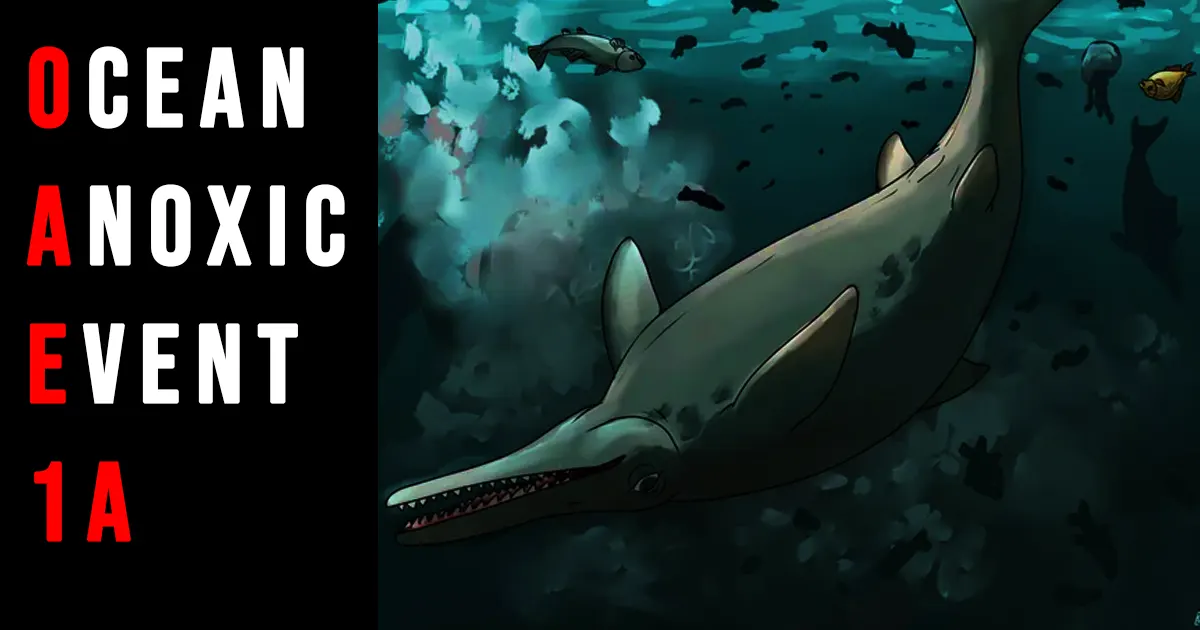GS3 SCIENCE & TECH

Recent research on ancient rocks and fossils from Mount Ashibetsu in Japan has shed new light on Ocean Anoxic Event 1a (OAE 1a), which occurred approximately 119.5 million years ago. This event, marked by a severe depletion of oxygen in the oceans, led to significant extinctions, particularly among plankton species.
Causes of OAE 1a
The primary trigger for OAE 1a was likely massive undersea volcanic eruptions. These eruptions released substantial amounts of carbon dioxide (CO2) into the atmosphere, leading to global warming and disrupting oxygen levels in the oceans. The resulting combination of elevated CO2 levels and oxygen scarcity created an inhospitable environment for marine life.
Duration and Effects
OAE 1a persisted for over 1.1 million years and is recognized as one of the most extensive anoxic events during the Cretaceous Period. Such events are known for their devastating impact on biodiversity, as evidenced by the sharp decline in plankton populations.
The concept of ocean anoxic events emerged in the 1970s when geologists identified black, carbon-rich shale deposits formed under oxygen-poor conditions. These deposits, rich in preserved organic matter, reflect the environmental stress and ecological shifts of the time.
Research Insights
Researchers analyzed volcanic ash layers on Hokkaido Island, which solidified over time from ancient eruptions. By examining the mineral crystals within these ash deposits, scientists were able to date the volcanic activity and connect it to OAE 1a. They also studied carbon and osmium isotopes to trace changes in the carbon cycle.
The study linked findings from Japan to global volcanic events, notably the eruptions of the Ontong Java Nui volcanic complex. This phase of OAE 1a began with a sharp increase in volcanic CO2 emissions, followed by the burial of excess organic material in the oceans.
- Ocean Anoxic Event 1a (OAE 1a): Occurred approximately 119.5 million years ago, leading to significant marine extinctions due to severe oxygen depletion in the oceans, with plankton populations most affected.
- Mount Ashibetsu: Located in Japan, this site offers valuable geological and fossil evidence of ancient environmental changes, including OAE 1a.
- Ontong Java Nui: A vast igneous province in the Pacific Ocean responsible for large-scale volcanic eruptions, which significantly contributed to OAE 1a through increased CO2 emissions.
- Hokkaido Island: Japanese researchers studied volcanic ash layers on this island to date eruptions and explore their link to OAE 1a and global climate transformations.




